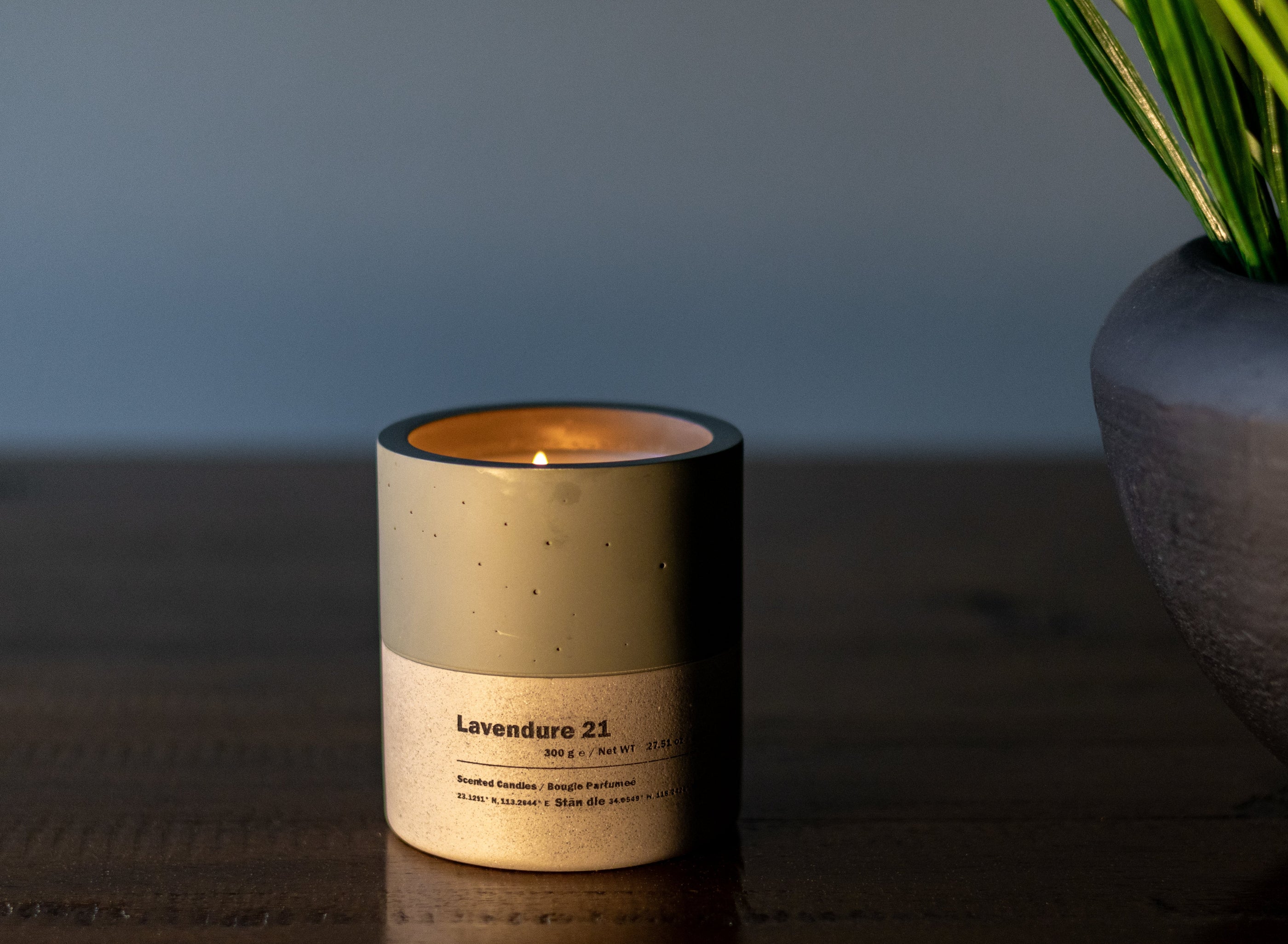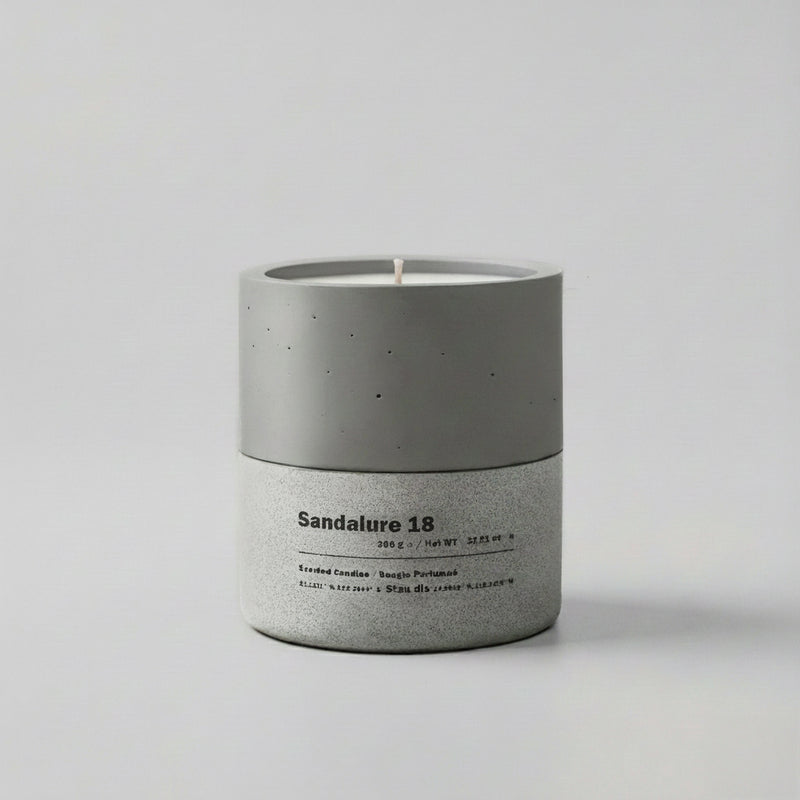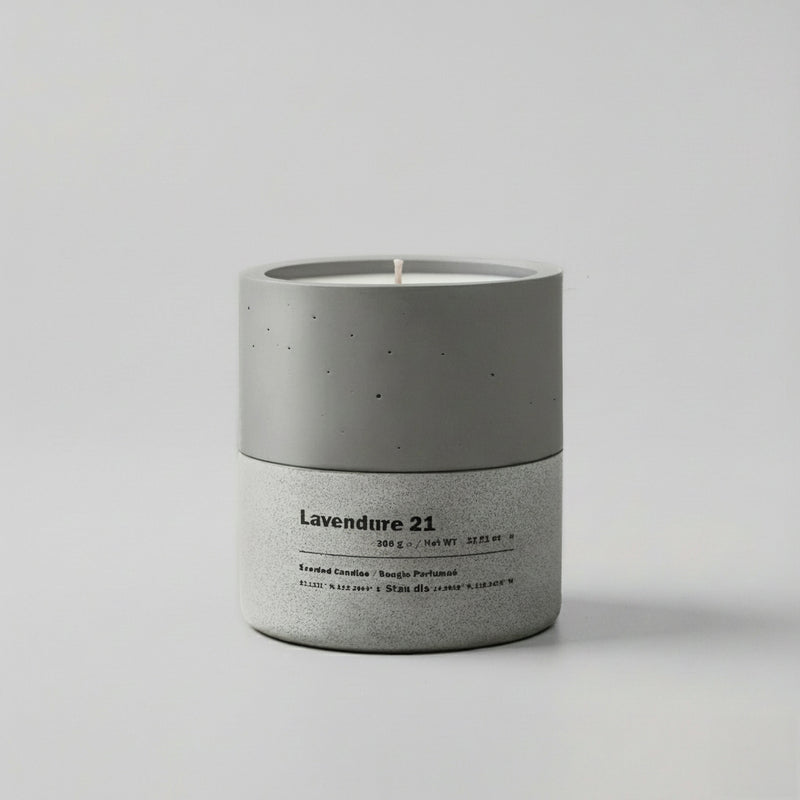In today’s fast-paced world, stress and anxiety are common struggles. Many people turn to aromatherapy candles for relaxation—but how do they actually work? This blog explores the scientific connection between candles, scent, and emotional well-being, backed by research.
If you’ve ever lit a lavender candle before bed or enjoyed a vanilla-scented candle after a long day, you’ve experienced the power of aromatherapy. But why do candles have such a strong effect on our mood? Let’s dive into the science.
How Scent Affects the Brain
The link between smell and emotion is deeply rooted in human biology. Here’s how it works:
-
The Olfactory System Directly Connects to the Limbic System
-
When you inhale a scent, odor molecules travel through the nose to the olfactory bulb, which is directly linked to the amygdala and hippocampus—the brain regions responsible for emotion and memory.
-
Unlike other senses (like sight or sound), smell bypasses the thalamus and goes straight to the emotional center of the brain. This is why certain scents can instantly trigger memories or alter mood.
-
-
Neurochemical Reactions to Fragrances
-
Studies show that certain scents can increase serotonin and dopamine (happy hormones) while reducing cortisol (the stress hormone).
-
For example:
-
Lavender → Boosts relaxation and sleep (study by NCBI)

-
Vanilla → Reduces anxiety (research in Journal of Alternative Medicine)

-
Citrus (like orange or lemon) → Enhances focus and energy

-
-
The Role of Candlelight in Relaxation
It’s not just the scent—the flickering flame itself has psychological benefits:
-
Soft Lighting Triggers a “Rest Mode”
-
Harsh artificial light (like from phones) can disrupt melatonin production, making it harder to relax.
-
The warm, dim glow of a candle mimics sunset lighting, signaling the brain that it’s time to unwind.
-
-
The “Candle Effect” – A Mindful Ritual
-
Lighting a candle can become a small mindfulness ritual, helping to create a sense of calm and intention.
-
Best Candles for Relaxation (Based on Science)
If you’re looking for the most effective stress-relieving candles, these scents are backed by research:
| Scent | Benefits | Best For |
|---|---|---|
| Lavender | Reduces anxiety, improves sleep | Bedtime, meditation |
| Vanilla | Comforting, lowers stress hormones | Cozy evenings |
| Sandalwood | Grounding, enhances focus | Yoga, deep work |
| Eucalyptus | Clears sinuses, boosts energy | Morning routines |
| Chamomile | Soothes nerves, promotes calmness | Stress relief |
(Pro Tip: Look for soy candles —they burn cleaner and last longer than paraffin wax.)
Shop at Standle
Stān dle Aromatic is a boutique candle studio known for meticulously crafted candles. Each candle is hand-poured in small batches with artisan craftsmanship and attention to detail. We use 100% natural soy wax for eco-friendly and toxins-free candles. The scents are blended using pure essential oils. This ensures a clean and safe burn for a calming experience. Moreover, the candles are encased in minimalist concrete vessels, serving as elegant decor pieces.
Key highlights for Standle Aromatic candles
-
Burns up to about 50 hours to support long, relaxing moments.
-
Crafted with 100% natural soy wax, it is clean and eco-friendly.
-
Blended with pure essential oils for authentic, relaxing candle fragrances.
-
Encased in minimalist concrete vessels that double as decor.
Buy Standle Aromatic candles
-
Lavendure 21
Lavendure 21 is a calming blend designed to ease stress and promote rest. It starts with fresh citrus top notes, followed by soothing lavender at the heart, and finishes with warm amber base notes. Perfect for bedrooms, evening routines, or winding down after work. This candle is your go-to for a peaceful, sleep-ready atmosphere.
-
Sandalure 18
Sandalure 18 delivers a rich, grounding fragrance ideal for deep relaxation. It starts with soft floral top notes, transitions into creamy vanilla mids, and settles into earthy sandalwood at the base. It is best used during meditation, quiet reading, or slow evenings. The candle creates a cozy, centered environment to unwind and recharge.
How to Maximize the Relaxing Effects of Candles
-
Choose the Right Scent for Your Needs (e.g., lavender for sleep, citrus for energy).
-
Burn Candles in a Quiet, Low-Lit Space (avoid distractions).
-
Practice Deep Breathing While the Candle Burns (enhances aromatherapy benefits).
-
Avoid Synthetic Fragrances (they may contain chemicals that irritate rather than relax).
Final Thoughts: Why Candles Are More Than Just Decor
Candles aren’t just for ambiance—they’re a powerful tool for mental well-being. By understanding how scent and candlelight affect the brain, you can use them strategically to reduce stress, improve sleep, and enhance mood.
Frequently Asked Questions (FAQ)
1. Do scented candles really help with anxiety?
Yes! Scientific studies show that certain fragrances (like lavender, vanilla, and chamomile) can lower cortisol levels (the stress hormone) and promote relaxation by stimulating the limbic system—the brain’s emotional center. Opt for candles with natural essential oils for the best effect.
2. What’s the healthiest type of candle to burn?
-
Soy wax and beeswax candles are the cleanest options—they burn longer, emit fewer toxins, and are often vegan-friendly (except beeswax).
-
Avoid paraffin wax candles, which may release harmful chemicals like benzene.
3. How long should I burn a candle for relaxation?
For optimal benefits, light your candle for 30–60 minutes in a quiet space. This gives enough time for the scent to disperse and your brain to respond. Never leave a burning candle unattended!
4. Can candles improve sleep?
Absolutely. Scents like lavender, cedarwood, and ylang-ylang are proven to reduce insomnia and improve sleep quality. Try lighting one 30 minutes before bedtime as part of a wind-down routine.
5. Why does candlelight feel calming?
The warm, flickering glow of a candle mimics sunset light, which signals your brain to produce melatonin (the sleep hormone). It also reduces exposure to blue light from screens, which disrupts relaxation.
6. Are there any candles to avoid for relaxation?
Skip candles with:
-
Synthetic fragrances (can trigger headaches).
-
Overpowering scents (like heavy musk or artificial "clean linen").
-
Low-quality wicks (those with lead or metal cores release toxins).
7. How do I make my candles last longer?
-
Trim the wick to ¼ inch before each burn.
-
Let the wax melt fully across the surface to avoid "tunneling."
-
Store candles in a cool, dark place to preserve fragrance.
8. Can candles help with meditation or yoga?
Yes! Scents like sandalwood, frankincense, and eucalyptus enhance focus and grounding. Use them during meditation to deepen mindfulness.
9. What’s the difference between aromatherapy candles and regular candles?
Aromatherapy candles use pure essential oils for therapeutic benefits, while regular candles often contain synthetic fragrances for scent alone. Always check labels for ingredients.
10. Where should I place candles for maximum relaxation?
-
Bedroom: Near your bedside for sleep.
-
Bathroom: Paired with a warm bath.
-
Workspace: Citrus or peppermint scents for focus.







